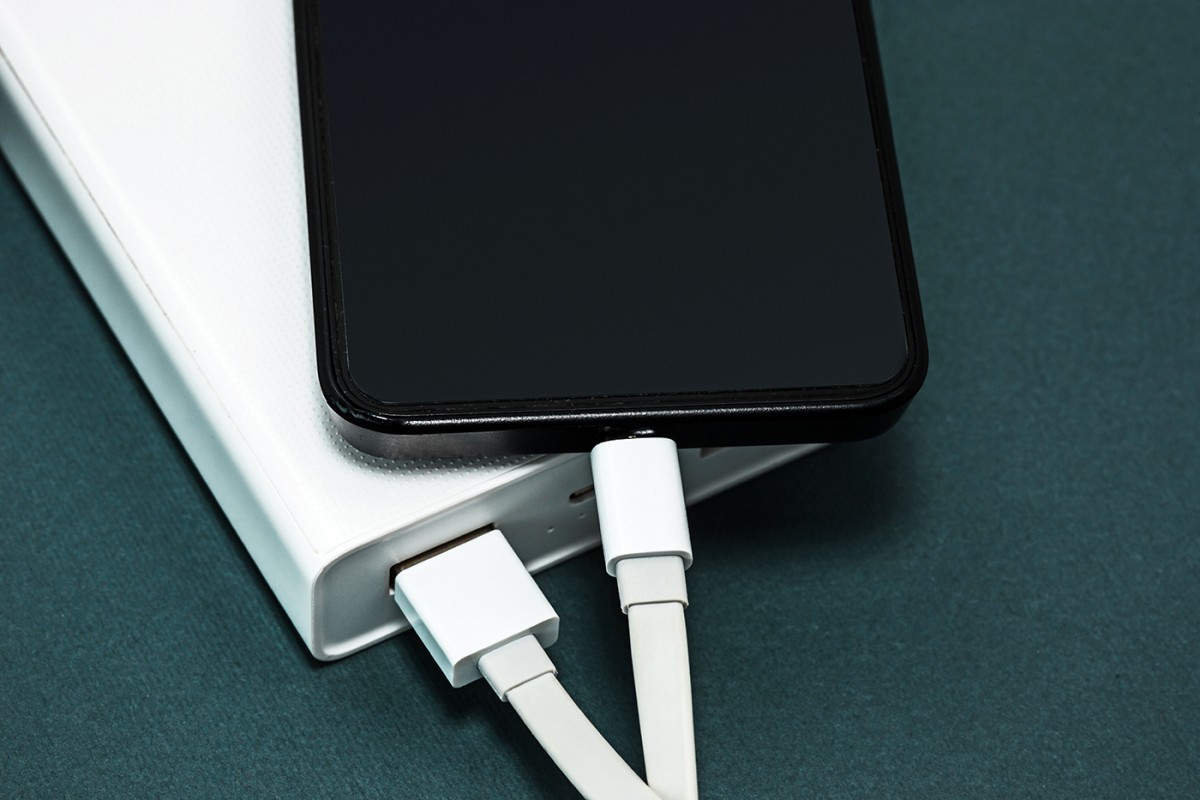How to Identify a Fake iPhone Charger

A recent study carried out to test the suitability of counterfeit mobile phone chargers discovered that 99% of the products tested failed to pass even basic safety standards.
The independent experiment, undertaken by safety and certification company UL, used 400 widely available, fake iPhone chargers purchased online from eight different countries to test for abnormalities whilst in use.
The research comes hot on the heels of a lawsuit launched in 2016 by Apple against sellers of alleged counterfeit chargers and other accessories on the e-commerce platform Amazon.
Along with the issue of Apple’s profits being hit being hit by sales of counterfeit goods, there is a known risk of unauthorised chargers catching fire with the London Fire Brigade reporting that 15 fires have been attended to since 2013 as a result of fake chargers.
In addition to the potential fire hazard, some fake chargers are ill-equipped to recognise when a device has finished charging so there is the possibility of damaging the battery on your device if left for too long.
For help identifying potentially fake products Gillian Guy, the Chief Executive of Citizens Advice, suggests that buyers should "Look out for tell-tale signs of counterfeiting such as mistakes in brand names or logos, and check plugs for safety marks, all genuine electrical items made in the EU should have a CE mark on them."
Some other factors you should consider looking out for if you think your charger is a fake are:
- Plug Pins – Should fit easily without struggle, otherwise they may be the wrong size
- Markings – Brand name, batch number and CE safety mark should be clearly visible
- Weight – Fake chargers tend to be lighter than legitimate devices
- Instructions – Your charger should include safety guidance and usage advice
- Compatibility – If your device rejects the charger it may be fake or faulty
Official Apple chargers are often on sale for around £20, and while it might be tempting to take up a cheaper version online, the Head of Fire Investigation at the LFB Charlie Pugsley warns that it might not be worth saving a few pounds, “You are actually buying peace of mind because you know the charger is going to be specifically designed for your phone and that it will meet the correct safety standards.”
To make absolutely sure that what you’re buying is up to the task, make sure you buy your gadget chargers from a reputable dealer and report any abnormalities or faults as soon as possible.
Our Verimaster additive technology helps brand owners protect their product range from counterfeit activity thanks to its covert identification system.
To find out more about Verimaster click HERE.
← Back to blog



